Considering Choices for Synthetic Decking
A maturing industry means composites and PVC deck planks look better than ever and can last for decades.

Synopsis: Options for synthetic decking have improved in recent years, offering decades of low-maintenance good looks. This article describes the performance characteristics of the three types of synthetic decking capped composites, uncapped composites, and PVC and lists reputable products and pricing in each category. It also includes tips to make your deck dollars go further, such as employing drainage and rail systems.
As life spills out from the kitchen into the backyard, decking options are multiplying, from improved materials to less-obtrusive railing systems, from outdoor kitchens to LED lighting. “We build outdoor living environments,” says Pete Ciaraldi, who specializes in high-quality decks, windows, and siding in Salem, N.H. “It’s a ‘three-season room’ now. People have breakfast out there before the kids get up.”
Filling the space between pressure-treated pine and pricey tropical hardwoods are a variety of synthetic decking materials, promising decades of splinter-free service with minimal maintenance. Miles ahead of first-generation wood-plastic composites—which fell short of marketing claims—today’s PVCs and composites offer 25 to 30-year warranties against fading, staining, and mechanical failure.
Today’s best synthetic deck boards will stand up to sun, rain, and snow for decades, requiring only a yearly wash to look good again. Hidden fasteners make the finished product look even cleaner, and a growing range of rail systems and accessories complete the package.
While the initial cost of PVC and composite decking is double that of pressure-treated pine, slightly higher than cedar, and about even with tropical hardwoods, the long-term equation is quite different. When you factor in the semiannual expense of cleaning and resealing wood decking, synthetic materials jump easily into the lead when it comes to long-term value.
Reality checks for synthetic decks
Having solved their early chemistry and manufacturing problems, composite and PVC decking now compete on subtler features like color and texture. But a few misconceptions still dog the discussion around synthetic decking: maintenance, overheating, and stability.
“Zero maintenance” is a myth—Synthetic decking is low-maintenance, not no- maintenance. Decks undergo a barrage of weather, dirt, pollen, leaves, foot traffic, cooking grease, condiments, wine, and other abuse. Left to build up on decking and rails, dirt, moss, and mold will cause permanent staining and fading on almost any material, a reality that was often misunderstood in the early days of composite products. These days, if you clean messes as they happen, and give your synthetic deck a quick yearly wash and a scrub with a hose, brush, and mild soap, it will look great indefinitely.
That said, sun is relentless in some regions, and despite the UV protectors in today’s synthetics, colors fade over time—more or less depending on the specific product.
If you miss a few years of maintenance, or just want to deep-clean and brighten your deck, experienced contractors recommend a number of rejuvenators for both composite and PVC decking, including DeckMAX and Spray & Forget.
Overheating is overblown—Heat buildup is another source of concern for composite decking. When exposed to the sun, wood-plastic composites will get a little hotter than wood, which could be enough to force a switch from bare feet to flip-flops. But color is a far bigger factor when it comes to overheating, and misleading comparisons have been made between dark composites and light-colored woods. Every decking material will warm past the pain point on a hot day in direct sun, so if you live in a sun-drenched zone, consider going with a lighter-colored deck and/or cellular PVC, which heats up slightly less than composites and dissipates heat faster.
Also worth considering is a new additive that MoistureShield puts in some of its capped composites, called “CoolDeck,” which is designed to block infrared light and keep decks up to 35% cooler, according to the company, who offers heat-lamp demos at their retail outlets.
Stiffness and stability—Less stiff than wood, 1-in.-thick synthetic deck boards require framing to be 16 in. on center—12 in. when decking runs at an angle. But those numbers are the same for 5/4-in. cedar, for example.
While synthetic decking is a bit less stiff than wood, it expands and contracts significantly more. Hidden fasteners automatically gap boards edge to edge, but some contractors and DIYers fail to realize that synthetic deck boards move even more along their length (while wood barely changes in that direction).
Depending on season and region, an experienced deck builder will leave up to 1⁄4 in. at the end of a long PVC or composite deck board, to allow for expansion when the weather heats up. The same goes for the miter
joints used to picture-frame today’s decks.
Better than the frame below
Whereas in years past decking inevitably failed first, leaving the substructure intact, today’s cellular PVCs and wood-plastic composites are so durable that the wood frame is the weak link. “It’s like putting a filet mignon on a paper plate,” says Leslie Adkins, VP of marketing for Trex. Experienced contractors agree. Fast-growing forests, less-toxic chemicals, and lower grading standards have hurt the quality and performance of pressure-treated lumber, by far the dominant framing material for North American decks (and still the leader in decking, too).
Manufacturers and contractors have countered with underdeck drainage systems, joist tapes that seal around screw penetrations, fasteners that lift boards off joists to allow drying, and at least one steel framing system (Trex Elevations).
Ciaraldi installs synthetic decking almost exclusively, fastening it to Trex’s steel substructure whenever clients OK it—except near saltwater, where the steel doesn’t meet code (See “Quick Curves With Steel,” FHB #268). “We’ve had zero failures with steel framing,” says Ciaraldi, who runs a multigenerational family business.
Unlike some builders, Ciaraldi wasn’t afraid to introduce his crew to new metalworking tools and skills. “Steel costs about 15% more than wood joists, but it’s stronger, so you don’t need as many [footings] in some cases,” he says. “And it doesn’t take any longer when you consider all the time we waste ripping wood joists to the same size and dealing with warped boards.”
When Ciaraldi does install a pressure-treated frame, he paints all of the cut ends with copper naphthenate and installs Trex Protect (a butyl tape) on top of the joists, considering both steps a must.
Nonwood substructure is standard in commercial projects like docks and boardwalks, but has yet to make serious headway in the residential market. Speaking off the record, however, a number of companies report progress on aluminum and composite framing components for residential decks.
Finding value
A new deck is a big expense, even if you DIY it. Here are a few ways to make your deck dollars go further, as well as some smart moves that are worth paying for:
Use simple patterns—The latest product lines offer highly embossed grain with variegated color. While these pricey products can almost replicate the look of tropical hardwoods, experienced contractors warn that a few seasons of weathering makes most synthetics look similar. Less realistic grain and/or monochromatic color can save you some cash while delivering the same performance and a similar look over time.
At the low end, in an effort to convert wood lovers to composites, manufacturers are offering excellent products for less, based on proven technologies (see the individual product write-ups for more).
Embrace evolving layouts—To avoid end-to-end butt joints, the best deck builders break up big composite and PVC decks with single boards run perpendicular to the field. The result is shorter deck boards (12 ft. vs. 20 ft., for example) with smaller expansion gaps at their ends, no end-to-end butt joints, and a more interesting look overall. All it requires is some extra blocking between the joists.
One of the unique qualities of synthetics is their broad range of colors. Contractors are taking advantage of this by framing decks with contrasting tones, tying white fascia boards to white house trim or dark trim to dark baluster systems. Herringbone and other multicolor patterns are also growing in popularity.
Choose quality—After the 2008 crash, there was a lot of consolidation in synthetic decking, with many lesser-quality products falling away. Warranties are one indicator of quality, but experts also recommend digging into the fine print to see which products are recommended for submersion in water and ground contact.
Not covered here are extruded-aluminum decking and polymeric and recycled plastic decking. While both of these are extremely durable, low-maintenance options, they are less popular in the residential market. Aluminum is noisier and more slippery than wood and synthetics, though it is occasionally selected for its unique look and excellent fire-resistance. All-plastic deck boards, from brands like WearDeck and PlasTEAK, are the most durable synthetic decking material, but for cost reasons are used almost exclusively for projects in or near water, like docks and boardwalks.
Consider matching rail systems—The other place dark colors are popular is in the new synthetic rail systems, designed to complement decking materials. Black metal balusters are a popular choice.
Where local styles agree with the modern/nautical look, contractors combine composite posts and rails with stainless-steel cable systems like Feeney’s CableRail, which costs less than composite and PVC baluster systems while providing a cleaner look and an unobstructed view.
Employ drainage systems—Many of the major manufacturers now offer drainage systems that mount in the spaces between joists and carry water to downspouts at the edge of the deck. Designed to make the space under high decks more usable, drainage systems can also make framing last longer. To gain that benefit, look for systems that attach to the top of joists, not the bottoms.
Board shapes for every setting
Whether PVC or composite, almost all synthetic deck boards are available in square-edged profiles and grooved versions designed for use with hidden fasteners. In general, contractors screw and plug outer boards to fix them firmly in place and use hidden fasteners for everything in between. Scalloped bottoms are a money-saver. Removing material from the bottoms is an effective way to cut weight and cost without significant compromises. Most decks are picture-framed with mitered decking or fascia boards to hide the ends, so scalloping is only an issue is when deck boards run parallel to joists, where ridges on the bottom would make them less stable. The problem is easily solved with a few flat-bottomed boards in the same style. Most deck boards are 1 in. thick and 5-1⁄2 in. wide, though 2x4s and 2x6s are available in some product lines. Typically narrower, tongue-and-groove boards are meant to reproduce the look of traditional wood porch flooring made from fir, cypress, and heart pine.
Three types of decking
Today’s synthetic-decking options break down into three main categories. Following in the footsteps of first- and second-generation blends of plastics and wood dust are a range of greatly improved composites, with longer-lasting, stain-resistant plastics, high-tech additives, and better methods for encapsulating wood dust.
The least-expensive are uncapped wood-plastic blends; more pricey are composite cores capped with an all-plastic shell to better resist scratching, fading, and water intrusion. Capped or not, composites get as much as 95% of their plastic from recycled shopping bags, pallet wrap, and other items destined for landfills and oceans.
The third family of synthetics is cellular PVC, which has a different manufacturing process and a slightly different range of performance characteristics.
1. Uncapped composites
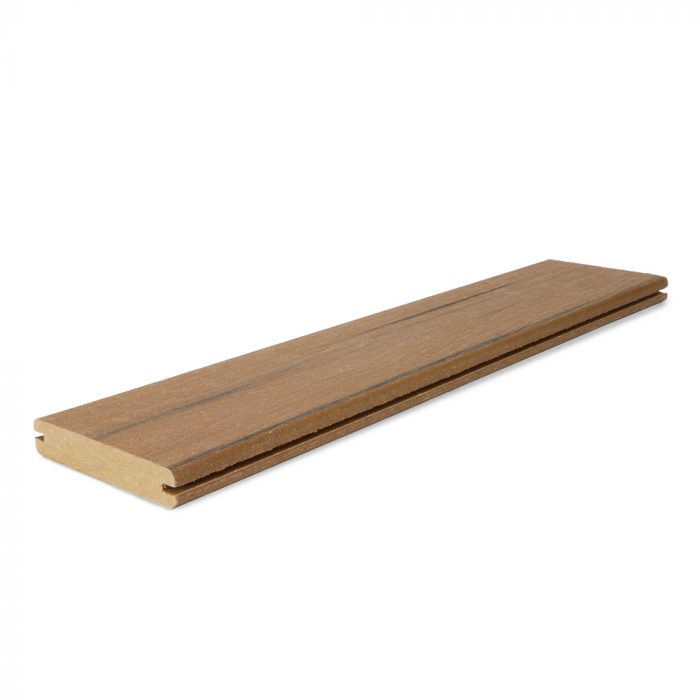
Price per linear foot* $2 to $3.50
While today’s uncapped composites are relatives of the very first synthetic deck boards from Trex, they are greatly improved, with top products boasting the same 25-year warranties as their capped cousins at prices that compete with wood.
With wood dust near or at the surface, uncapped composite decking has a slightly rougher appearance than capped varieties, and fades a bit more before settling into its long-term look. The more weathered look is prized by some homeowners and contractors, who point to a number of other significant benefits. For one, you can rip and rout these products without exposing a contrasting core, and they are the easiest type to repair.
Editorial advisor Mike Guertin installs uncapped composites almost exclusively on the decks he builds, relying on the time-tested formulations in Tamko’s EverGrain line and MoistureShield’s Vantage: “If someone drags furniture across the deck and leaves a big gouge, I can make an invisible repair with a heat gun and sandpaper.” Uncapped composites also let contractors hide screw holes with a simple technique of folding the raised plastic fibers back over the hole, knocking them down with a hammer tap, and then welding them flat with a quick blast from a heat gun.
Price ranges vary based on color and performance. MoistureShield Vantage is rated for submersion in water, thanks to a unique manufacturing process that completely encapsulates the wood dust, the company says.
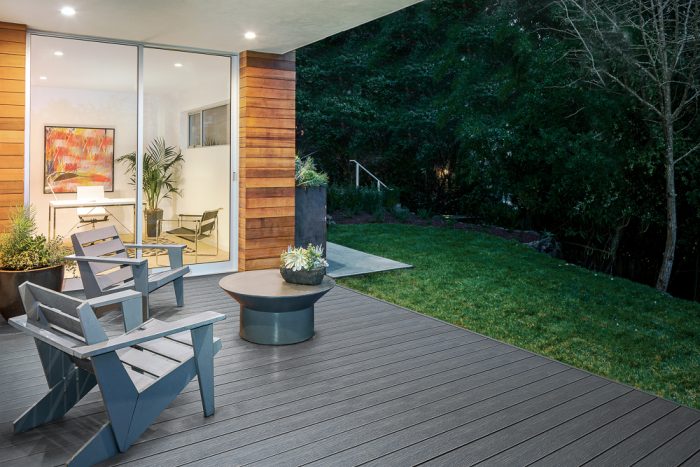
2) Capped composites
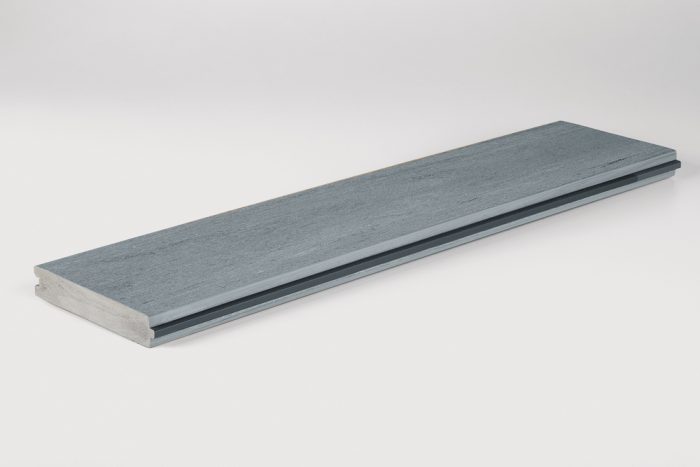
Price per linear foot* $2 to $5
Capped composites are the best sellers in synthetic decking, with the fastest-growing range of looks and the widest range of prices. All have a core of wood-plastic composite capped by an all-plastic shell in a coextrusion process that makes them one. The composite core adds stiffness and saves consumers some cash, while the cap delivers improved looks, as well as stain-, fade-, and water-resistance.
Plastic formulations vary widely, so the caps and cores in composite decking are different from brand to brand. Beware of the very low end of this category, with cores that allow more water intrusion and thinner caps that are more prone to scratching and discoloration.
Contractors report reliable performance from big brands like Trex, TimberTech, and MoistureShield, whether those products are capped on four sides or three—offering consumers another safe way to save. After that, color and aesthetics are what you’re paying for, with high-end lines offering more tones and a closer resemblance to various wood species.
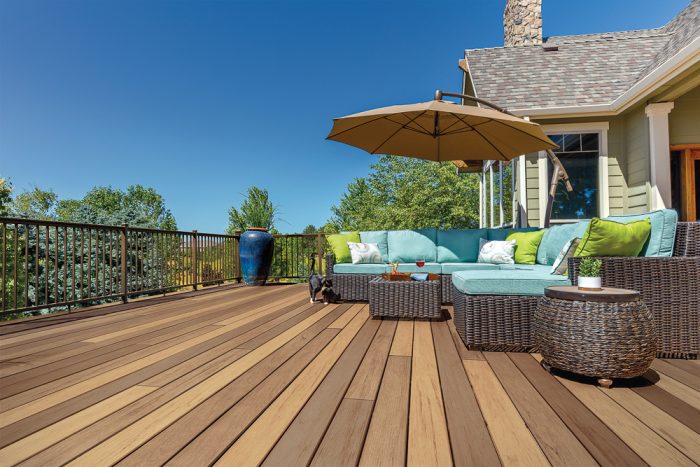
3) Cellular PVC
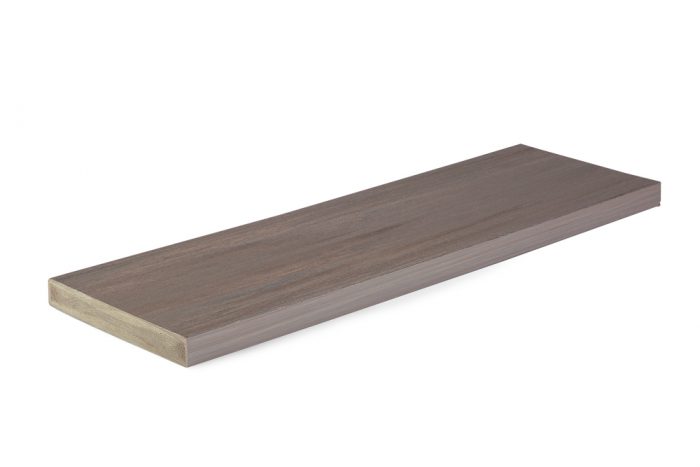
Price per linear foot $4 to $5
Not to be confused with the hollow vinyl decking that is fast disappearing from the market, cellular-PVC decking costs more on average than composites but offers a number of advantages, all related to its unique composition. The advanced PVC material undergoes a complex foaming reaction as it is forced into increasingly smaller dies, giving it structural integrity similar to wood and composites, with 40% less weight. The lightweight core makes it easier to handle, and it accepts screws without predrilling, even at edges and ends of boards. Cellular PVC is also about 5% cooler than composites in direct sun, dissipates heat a little faster, and has a better fire rating.
The lightweight core also comes with drawbacks. Cellular-PVC decking is less stiff than composites, making inconsistent joist heights more obvious. Contractors sometimes counter with steel framing, which is consistent in size and height. PVC decking also feels a bit spongier underfoot, though some customers prefer the softer feel.
While cellular PVC also expands and contracts more than wood-plastic composites, its movement is easier to restrain. Contractors do this with screw and plug systems (FastenMaster’s Cortex system is most popular) and specialized hidden fasteners like FusionLoc, which grip tightly and are collated for air-powered installation. Installed with standard hidden clips, however, PVC decking has been known to annoy homeowners with audible pops as it expands in the morning sun.
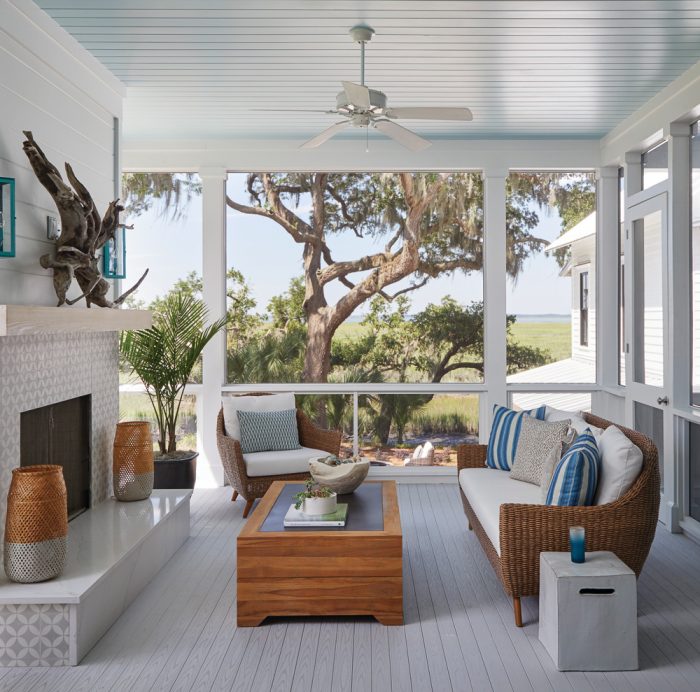
*Prices are based on a typical 1-in. by 51/2-in. board
More than just decking
Drainage
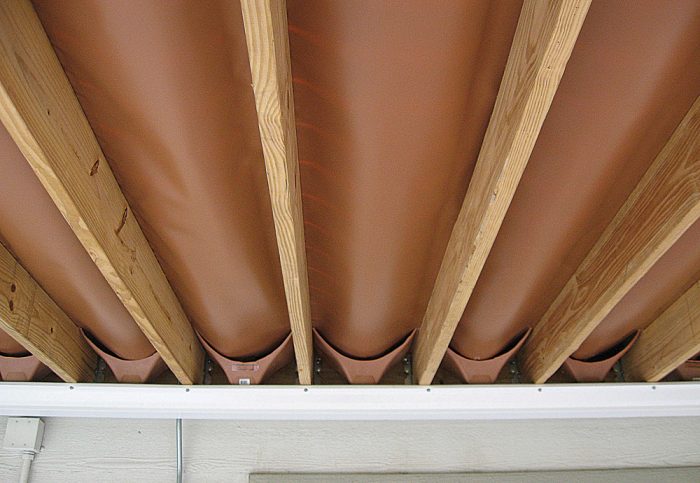
Railings
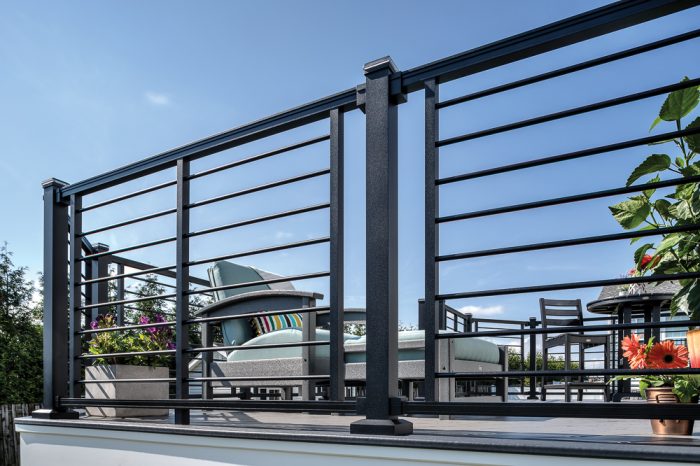
Photos courtesy of Azek, MoistureShield, TimberTech, and Trex
RELATED LINKS
Fine Homebuilding Recommended Products
Fine Homebuilding receives a commission for items purchased through links on this site, including Amazon Associates and other affiliate advertising programs.
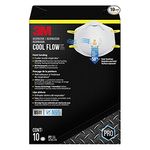
N95 Respirator
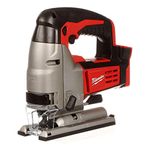
Jigsaw

FastenMaster Screw Bolt Fastening System





